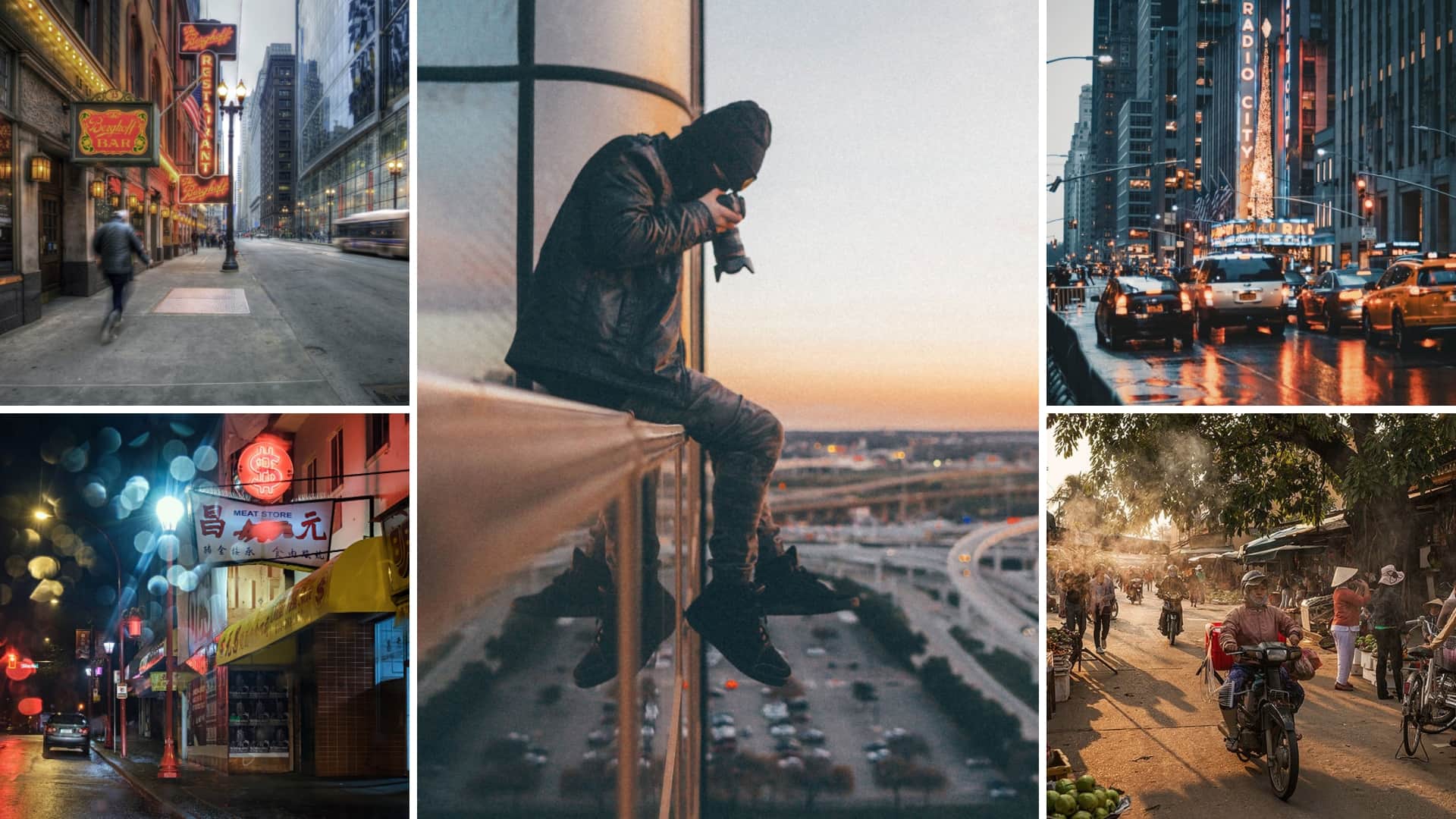About Framing Streets
Table of ContentsThe Greatest Guide To Framing StreetsOur Framing Streets DiariesNot known Incorrect Statements About Framing Streets Examine This Report on Framing StreetsThe 20-Second Trick For Framing StreetsGetting My Framing Streets To Work
Digital photography category "Crufts Canine Show 1968" by Tony Ray-Jones Road digital photography (also in some cases called honest digital photography) is photography conducted for art or questions that includes unmediated possibility experiences and random occurrences within public locations, usually with the purpose of catching images at a crucial or touching moment by careful framing and timing. 
The 8-Second Trick For Framing Streets
Susan Sontag, 1977 Street digital photography can concentrate on individuals and their habits in public. In this respect, the road photographer resembles social documentary photographers or photojournalists who additionally operate in public locations, however with the objective of recording newsworthy events. Any one of these digital photographers' images may catch individuals and property visible within or from public locations, which commonly requires navigating ethical problems and legislations of privacy, safety and security, and residential property.
Depictions of day-to-day public life create a category in nearly every period of world art, starting in the pre-historic, Sumerian, Egyptian and very early Buddhist art periods. Art handling the life of the street, whether within sights of cityscapes, or as the leading theme, appears in the West in the canon of the North Renaissance, Baroque, Rococo, of Romanticism, Realistic look, Impressionism and Post-Impressionism.
The Framing Streets Statements
Louis Daguerre: "Blvd du Holy place" (1838 or 1839) In 1838 or 1839 the very first picture of figures in the road was taped by Louis-Jacques-Mand Daguerre in among a pair of daguerreotype sights drawn from his workshop window of the Blvd du Temple in Paris. The second, made at the elevation of the day, shows an uninhabited stretch of street, while the various other was taken at concerning 8:00 am, and as Beaumont Newhall reports, "The Blvd, so continuously loaded with a moving crowd of pedestrians and carriages was perfectly solitary, other than an individual who was having his boots combed.
Consequently his boots and legs were well defined, however he lacks body or head, because these were in movement." Charles Ngre, waterseller Charles Ngre. https://www.goodreads.com/user/show/174116073-david-turley was the initial digital photographer to achieve the technological sophistication needed to register people in activity on the road in Paris in 1851. Professional Photographer John Thomson, a Scotsman collaborating with journalist and social protestor Adolphe Smith, published Street Life in London in twelve month-to-month installations starting in February 1877
An Unbiased View of Framing Streets
Eugene Atget is regarded as a progenitor, not since he was the very first of his kind, but as a result of the popularisation in check my reference the late 1920s of his document of Parisian roads by Berenice Abbott, that was motivated to undertake a comparable documents of New york city City. [] As the city created, Atget assisted to promote Parisian streets as a worthy subject for digital photography.

The Greatest Guide To Framing Streets
Martin is the initial taped digital photographer to do so in London with a disguised video camera. Mass-Observation was a social research organisation founded in 1937 which intended to record day-to-day life in Britain and to tape-record the responses of the 'man-in-the-street' to King Edward VIII's abdication in 1936 to marry divorce Wallis Simpson, and the sequence of George VI. The chief Mass-Observationists were anthropologist Tom Harrisson in Bolton and poet Charles Madge in London, and their initial report was created as guide "May the Twelfth: Mass-Observation Day-Surveys 1937 by over 2 hundred observers" [] Window cleaner at Kottbusser Tor, Berlin, by Elsa Thiemann c. 1946 The post-war French Humanist College professional photographers discovered their topics on the street or in the restaurant. Andre Kertesz.'s widely admired Images la Sauvette (1952) (the English-language edition was labelled The Decisive Moment) promoted the concept of taking a picture at what he termed the "decisive moment"; "when kind and web content, vision and make-up combined right into a transcendent whole" - Best Zoom Lens.
Excitement About Framing Streets
The recording machine was 'a covert camera', a 35 mm Contax hidden underneath his layer, that was 'strapped to the upper body and linked to a lengthy cable strung down the best sleeve'. His job had little contemporary influence as due to Evans' sensitivities concerning the originality of his task and the privacy of his topics, it was not published up until 1966, in the book Lots of Are Called, with an introduction composed by James Agee in 1940.
Helen Levitt, after that an instructor of young kids, connected with Evans in 193839. She documented the temporal chalk illustrations - Street photography that became part of youngsters's road culture in New york city at the time, as well as the kids that made them. In July 1939, Mo, MA's new digital photography area included Levitt's operate in its inaugural exhibitRobert Frank's 1958 publication,, was significant; raw and often indistinct, Frank's photos examined mainstream photography of the moment, "tested all the formal guidelines put down by Henri Cartier-Bresson and Pedestrian Evans" and "contradicted the wholesome pictorialism and heartfelt photojournalism of American magazines like LIFE and Time".